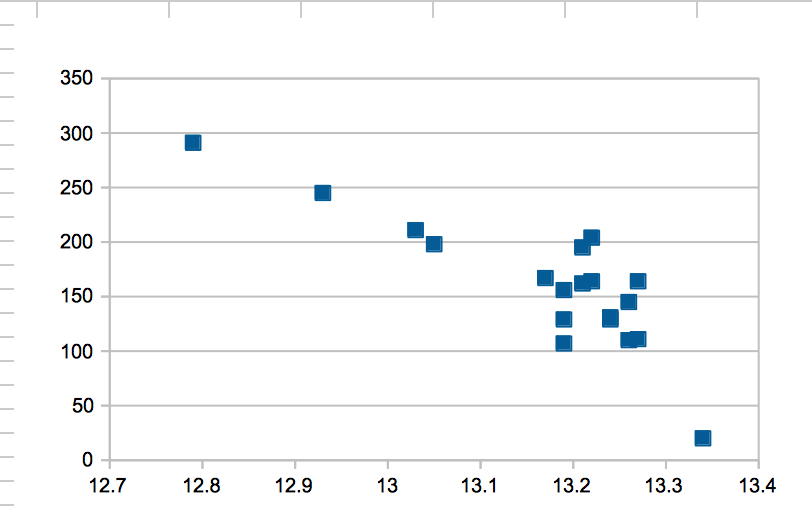FonTravels
New Member
- Joined
- Nov 8, 2019
- Messages
- 16
Hey!
I currently have on my van a 250Ah AGM battery that probably gives me 800 Wh of power... It sucks... and charges really slow to 100% which is awful for summer, not enough hours of sunlight. It's 1.5 years old and I keep it >12.4V 90% of the time and >12.15V some times.
I'm buying a DIY LiFePo4 150Ah and I was wondering if I could connect them together, I know they are different chemistry but my way of thinking is as follows:
I have a MPPT 30A and a DC to DC charger 30A that charges the battery using the alternator while I drive. I can set up the charging parameters for both to the LiFePo4 so that means:
The AGM will almost always be charged to 12.8V (the voltage of the LiFePo4 battery) and when the LiFePo4 battery drops to 12.6V a relay will disconnect it and start discharging the AGM battery which will be only a few times a month maybe, so normally I will only be using the LiFePo4 and the AGM will remain at 12.8V at minimum most of the time. It will be a back up battery.
Charging: They will charge up to 14.2V for 45 minutes, then at 13.5V which is what the LiFePo4 asks for and it's similar to what the AGM wants, so in a normal day the AGM will be already full (12.8V) and the battery that will be charging is the LiFePo4. I will put a 40A fuse between both batteries only for security. I only use 25A at most for LOAD.
What do you think about this set up?
Thanks in advance
I currently have on my van a 250Ah AGM battery that probably gives me 800 Wh of power... It sucks... and charges really slow to 100% which is awful for summer, not enough hours of sunlight. It's 1.5 years old and I keep it >12.4V 90% of the time and >12.15V some times.
I'm buying a DIY LiFePo4 150Ah and I was wondering if I could connect them together, I know they are different chemistry but my way of thinking is as follows:
I have a MPPT 30A and a DC to DC charger 30A that charges the battery using the alternator while I drive. I can set up the charging parameters for both to the LiFePo4 so that means:
The AGM will almost always be charged to 12.8V (the voltage of the LiFePo4 battery) and when the LiFePo4 battery drops to 12.6V a relay will disconnect it and start discharging the AGM battery which will be only a few times a month maybe, so normally I will only be using the LiFePo4 and the AGM will remain at 12.8V at minimum most of the time. It will be a back up battery.
Charging: They will charge up to 14.2V for 45 minutes, then at 13.5V which is what the LiFePo4 asks for and it's similar to what the AGM wants, so in a normal day the AGM will be already full (12.8V) and the battery that will be charging is the LiFePo4. I will put a 40A fuse between both batteries only for security. I only use 25A at most for LOAD.
What do you think about this set up?
Thanks in advance



